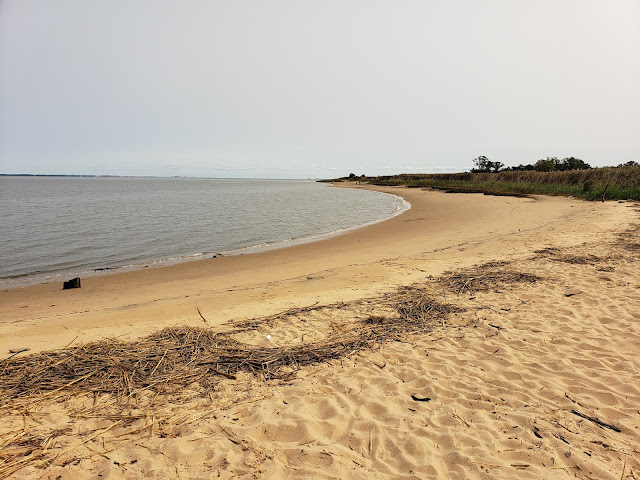Magnolia: Quakers, peaches...and murder?

Matthew Lowber House How small is Magnolia? The town website says it all: “If your street address is not Walnut Street, Main Street, Thorn Street or Jado Terrace, you are not a town resident.” Magnolia is on land once owned by the Duke of York, who loved magnolia trees, hence the town’s name. I’d read that magnolia trees are planted throughout town, but we noticed only one. According to legend, the town was located a mile from the St. Jones River to escape mosquitoes. It was not formally incorporated until 1885, making it one of the newer towns on the Delaware Bayshore Byway . The local citizens who founded it laid it out in a circle as a sign of brotherhood. Magnolia has three particularly interesting historic sites. One is Matthew Lowber House pictured above. It’s a Quaker farmhouse that was built around 1774 at the intersection of Main and Walnut Streets. In the early 1980s it was moved to its current location, just north of the firehouse on the east side of North Main Street



